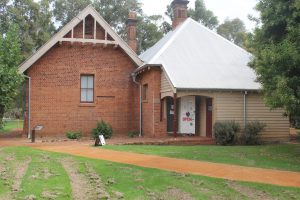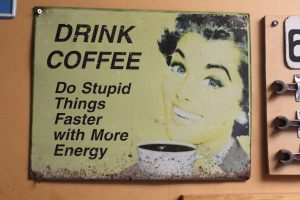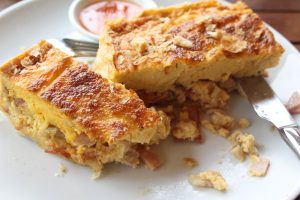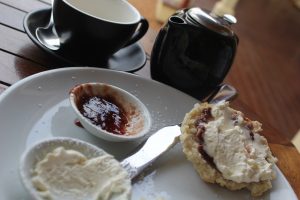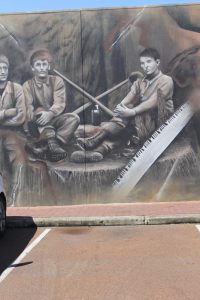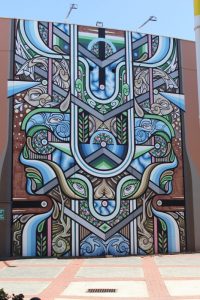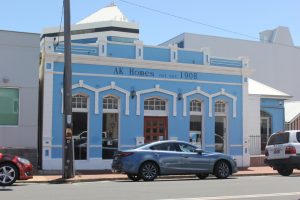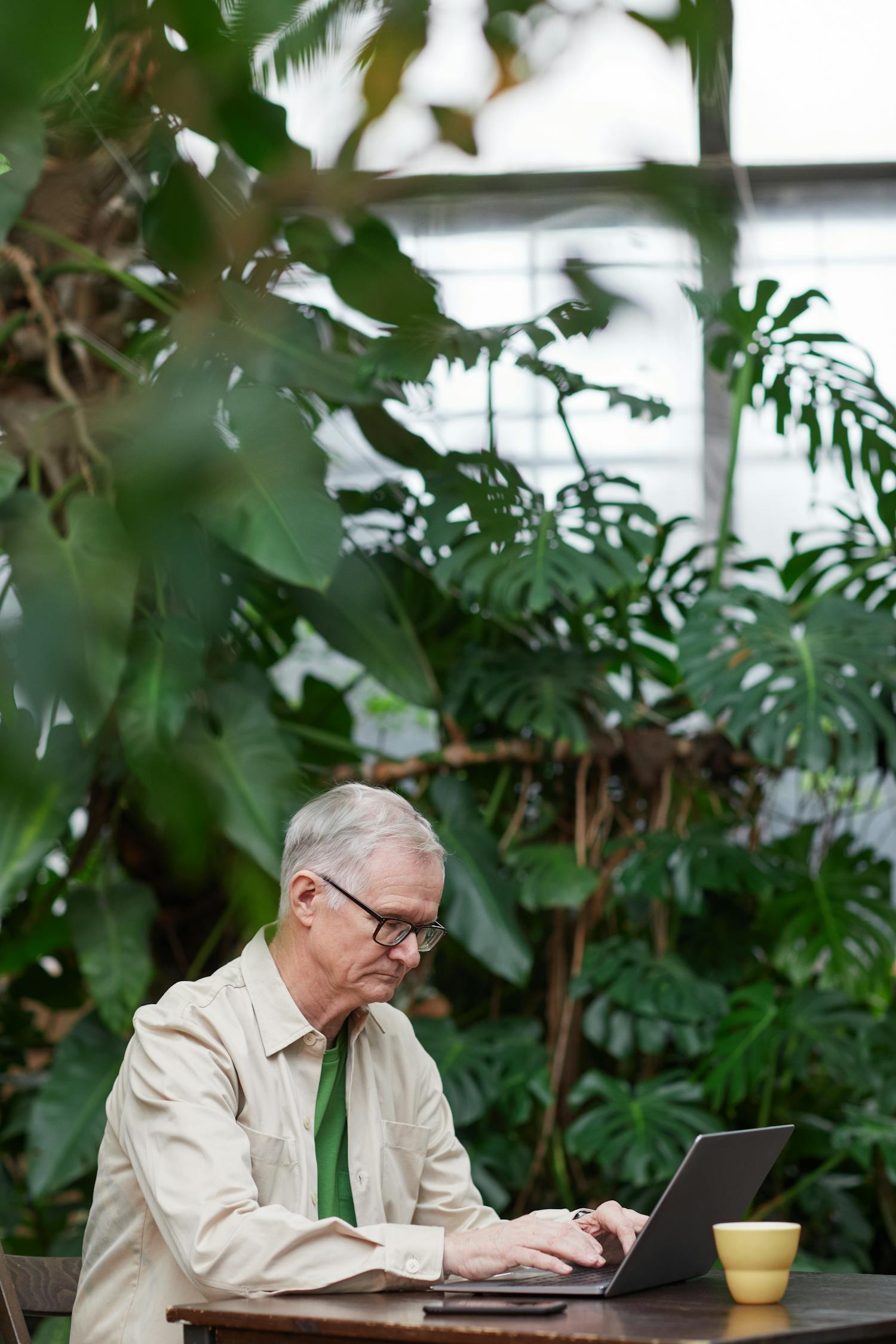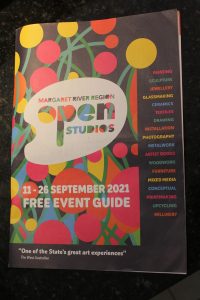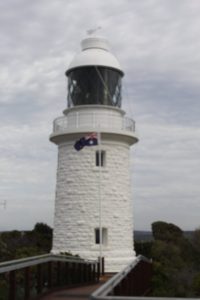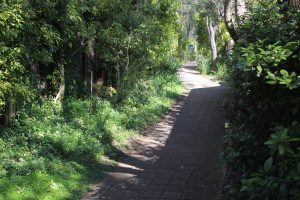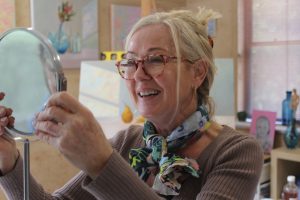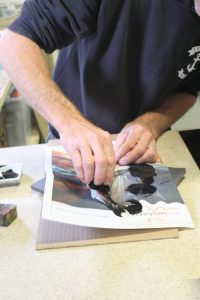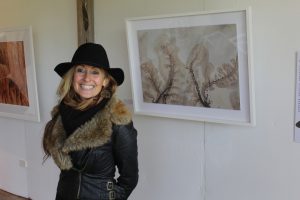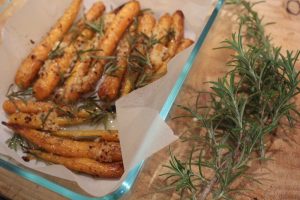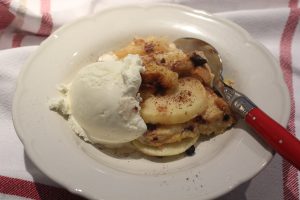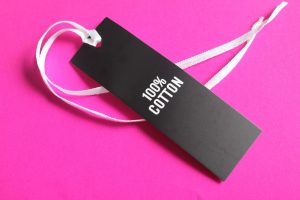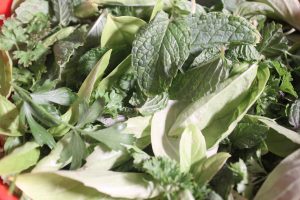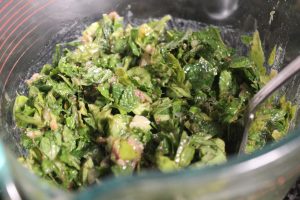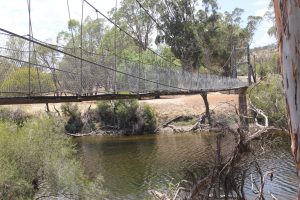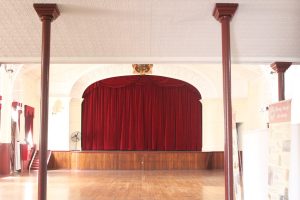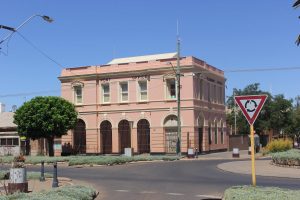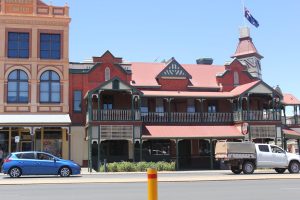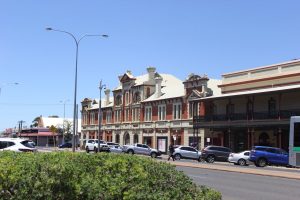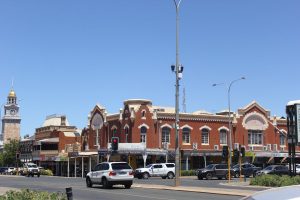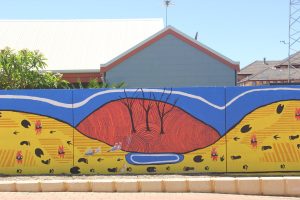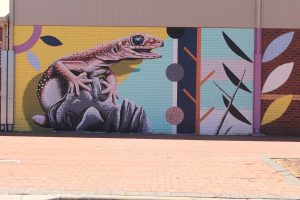Grand designs
Image Hay Festival
Are you a fan of the British designer Kevin McCloud and his television program called Grand Designs? He follows adventuresome home builders in the UK from the design stage through to when the owners are living in their finished house. He reports on the design, the weather impacting progress, the money running out ( a bit gleefully, sometimes) and takes us around the finished house. One house is built on each program with McCloud providing the commentary.
Apparently he is also involved in other programs in the UK, including Grand Design Indoors, Grand Design Abroad, Kevin McCloud’s Rough Guide to the Future and Kevin McCloud’s Man Made Home, a four part series about him building a cabin in the woods emphasizing sustainable techniques. He is also the roving contributor to a publication called Grand Design magazine. Finally, this busy man hosts an annual Grand Designs Live exhibition in London and Birmingham.
This highly acclaimed designer was recently interviewed by Country Living online. He talks about sustainable, well designed purchases. He mentions the joy well designed and constructed pieces of furniture, from IKEA to one off pieces, bring him. He says every piece of furniture he owns reminds him of someone special or an event. Some pieces come from a skip, some he bought then had restored or repaired, some he inherited and some he bought new.
McCloud says you immediately know a lot about people from the books on bookshelves, their records or DVD collections, their choice of kitchen and their furniture. He says, “If all you do is reproduce the window of a furniture shop in making your home, then you have failed.”
He talks about how he mixes up age and styles, past and present. Active on Instagram McCloud doesn’t share photos of his home, saying sharing would be like ” showing the contents of my underwear drawer.” Design should be personal. He recommends meeting the makers/craft people and knowing the origin and development of the furniture you buy.
I actually think McCloud is a bit harsh. Some people are comfortable accepting someone else’s design choices or like living in ‘vanilla’ houses furnished like a shop display. Why else do shops design those ‘shop window’ designs. They hope someone will want to buy everything on display! Some people just don’t care about their living environment. Some people try and replicate a hotel room they admired. Hard to believe, I know! Some of us agree with Kevin McCloud and want to carefully curate our homes to reflect our personal styles but some people don’t care. The underlying message is that money doesn’t dictate good design; a skip rescue piece, repainted or recovered is great furniture if you love it and it’s more sustainable than chipboard furniture! I think we should all choose our decorative style to suit how we want to live.
claude debussy
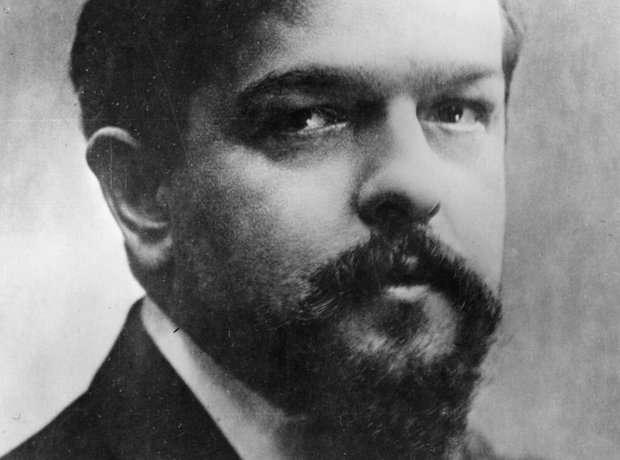

Claude Debussy was a famous French composer born in 1862. His family were poor and he began life in impoverished circumstances. As a young man he was sponsored by a wealthy Russian woman and his life suddenly included every luxury imaginable. In 1884, at the age of 22, he was awarded the prestigious Prix de Rome, the opportunity to study in Rome for two years. The winners were housed in the beautiful Villa Medici.
The idea was that the exquisite surroundings, the company of other gifted composers and freedom to focus on composing new works would result in brilliant Music. Unfortunately, Debussy shunned the company of the other men, loathed Italian food, writing that it tasted of ‘a mixture of sour cream and gasoline.’ and preferred to wander the lane ways and shops selling Japanese objects, woodblock prints and and Japanese trinkets generally. As the Japanese aesthetic became more popular, so did his desire to represent ‘Japisme’ musically.
Debussy was considered an Impressionist composer, a title he didn’t like, but he did go on to produce music reflecting the elements of this style. He was very moved by Japanese woodblock artist, Hokusai’s ‘The Great Wave Off Kanagawa’ created in 1831 and went on to write ‘Le Mer’ based on this print. This piece inspired by Hokusai and featuring the woodblock print on the music’s cover, was composed between 1903 -1905, premiering in Paris to poor reviews. This didn’t dampen his passion for all things Japanese.
Image Museum of Modern Art
Japanese woodblock prints from this era influenced all aspects of art and culture in Western Society.
WORLD WHISKY DAY
Saturday, 21st of May is WORLD WHISKY DAY, so that’s easy to celebrate, isn’t it?





